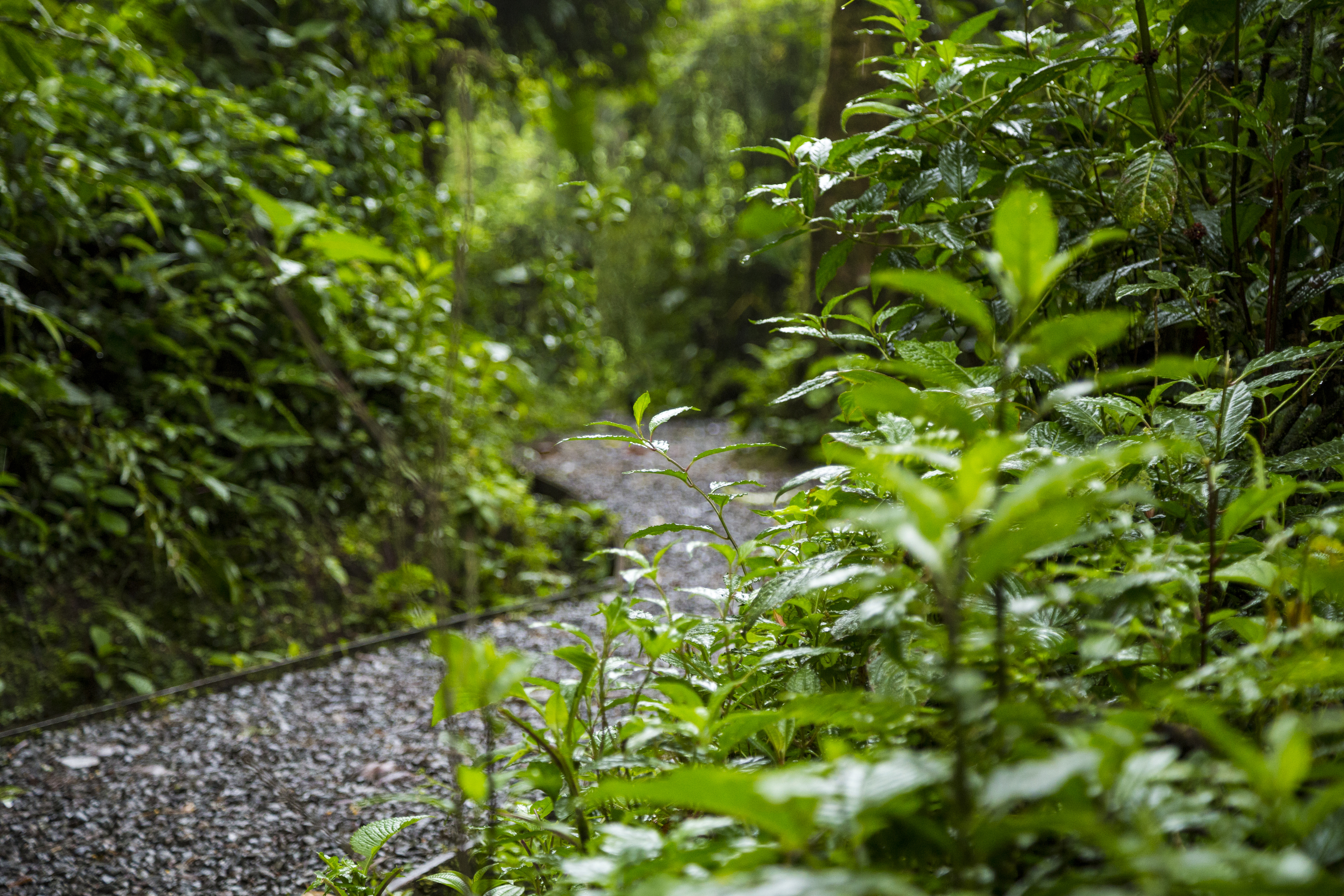
Costa Rica Wildlife
August 19, 2019
Properties in Costa Rica
Costa Rica is the “go-to” place if you’re looking to get closer to nature. More than half of the country is a rain forest, which offers a great deal of biodiversity. Costa Rica, as a country, has only 0.3% of the earth’s landmass, but 4% of of the world’s species.
Being geographically gifted allows Costa Rica’s ecosystems to thrive, allowing for heavy concentrations of species in tiny areas. From reptiles and amphibians to large fish and mammals that spread all through Costa Rica’s bodies of waters and terrains.
To highlight some of my personal experiences I will try to fill you guys in on my animal encounters in this beautiful country. One of the first and more interesting encounters for me was with the American Crocodile. As you head west from the capital of San Jose, you are likely to cross over the Crocodile Bridge. Here you can see a concentration of about a dozen or more crocodiles at a time, which are drawn to the bridge by locals and visitors who often feed these creatures. Obviously, as a New Yorker who has maybe seen one or two caged crocodiles in his life, seeing these many wild crocodiles was extremely exciting. For me maybe the most amazing encounter was with Sea Turtles that seasonally arrive at Costa Rica’s Caribbean side to lay their eggs. In El Tortuguero, hence the name, you have a chance to experience the arrival of Giant Green Sea Turtles. During the American autumn months, large concentrations of these reptiles often arrive at Tortuguero National Park’s beach. You can see them slowly crawl across the sand, find a spot to dig a hole, and lay eggs. This process is so important to the cycle of life for this species, so being a witness to this was incredibly unique. As you near any major body of water in Costa Rica during your trip it is more than possible that you will be able to see monkeys hopping from tree to tree. Whether it is a white face monkey or a howler monkey, you are likely to be in awe of these relatively tiny, furry creatures. They are constantly on the move day by day and are often first heard before seen. Seeing these animals interact with each other was incredibly satisfying as it is something so different than the wildlife in the U.S. Also, all across Costa Rica there are different types of frogs and lizards that visitors frequently see. Some of these amphibians are really colorful but extremely dangerous due to their venomous traits. The frogs you may see in the rainforest can be as small as your thumbnail but can carry a large dose of possibly fatal venom for a person of any size. As you now may know Costa Rica has so many different types of habitats with so many different animals, as well as incredible creatures to interact and discover. I would always recommend for you to experience these possible encounters with a knowledgable guide that will make your Costa Rican Wildlife experience an extremely unique one as well as a safe one!
